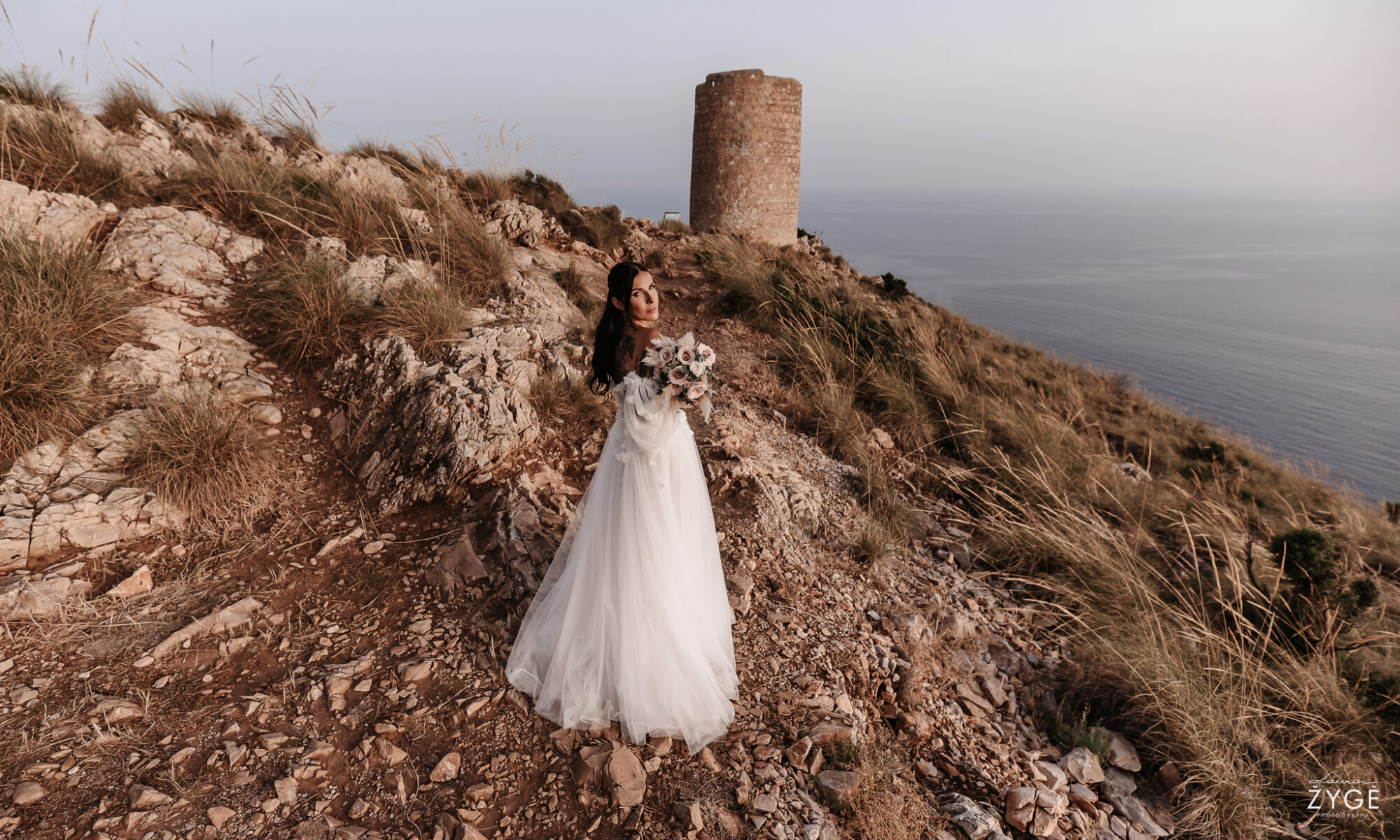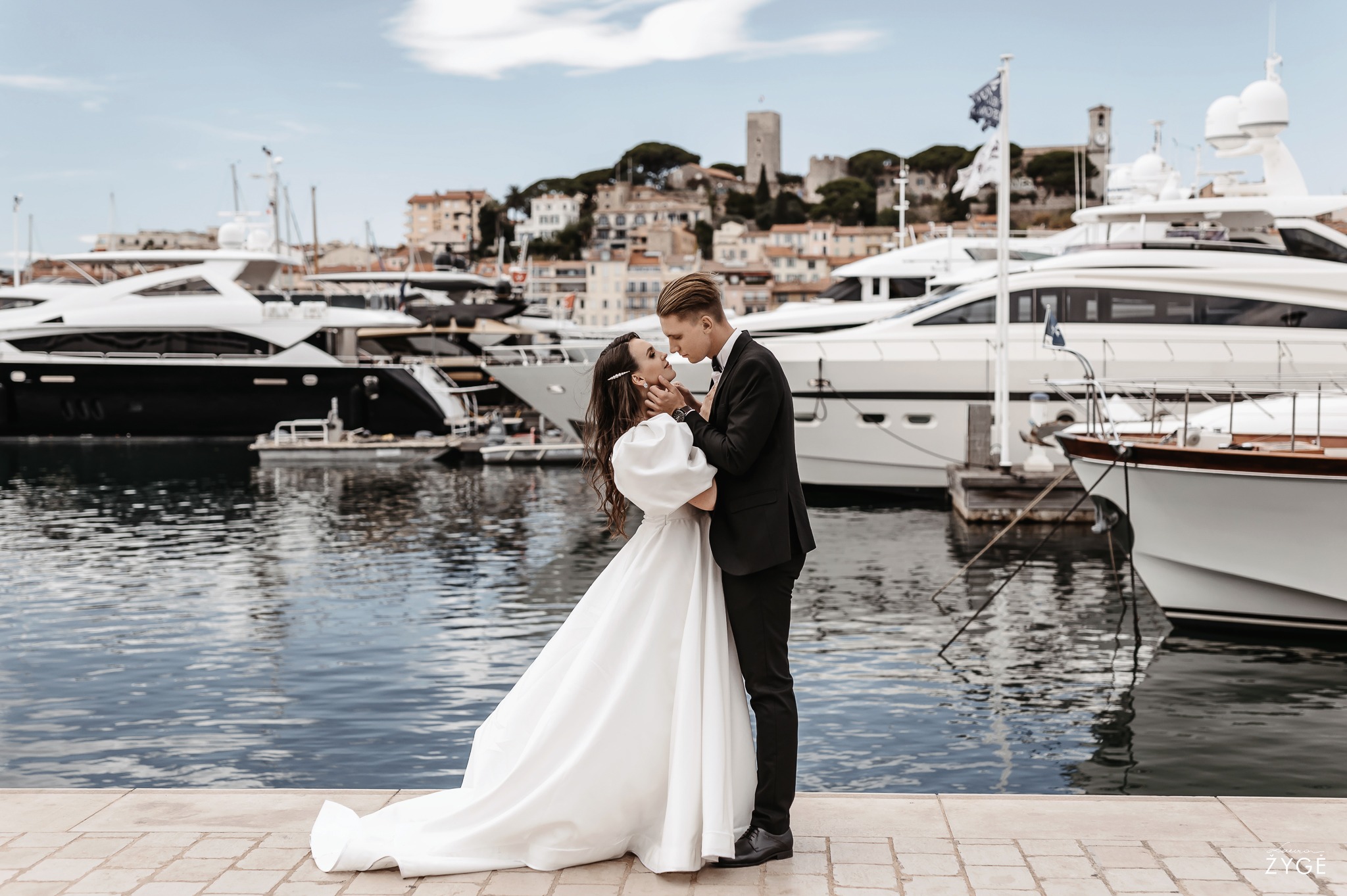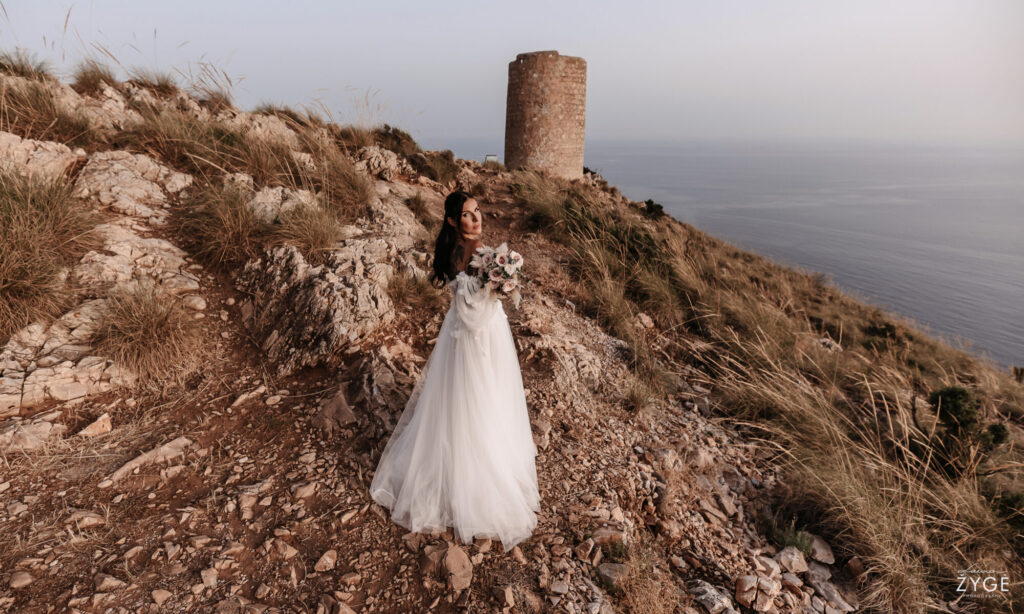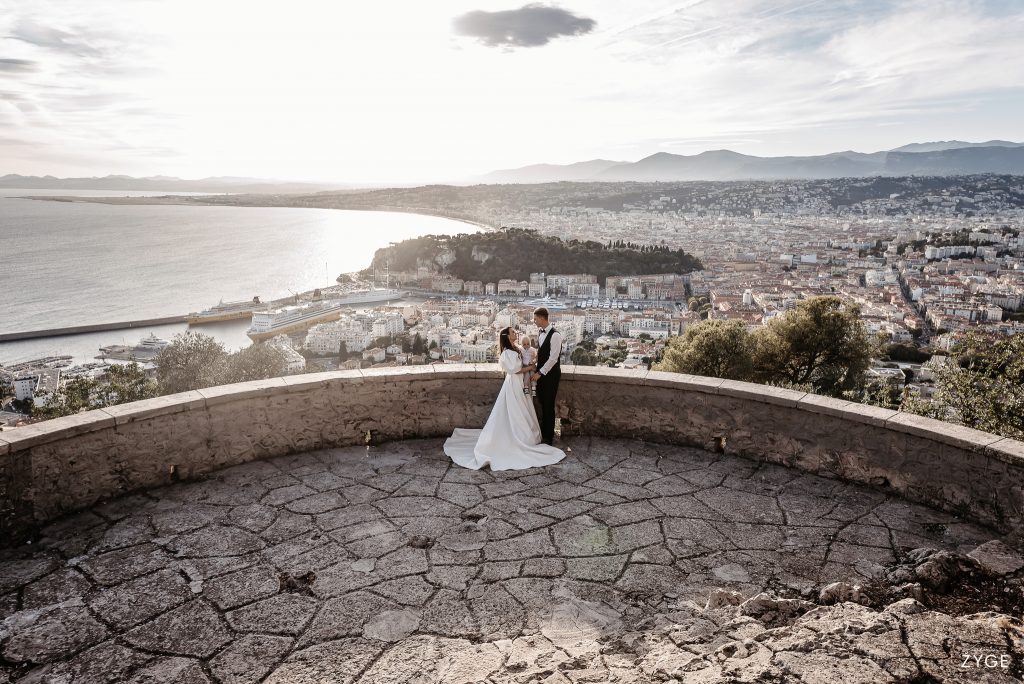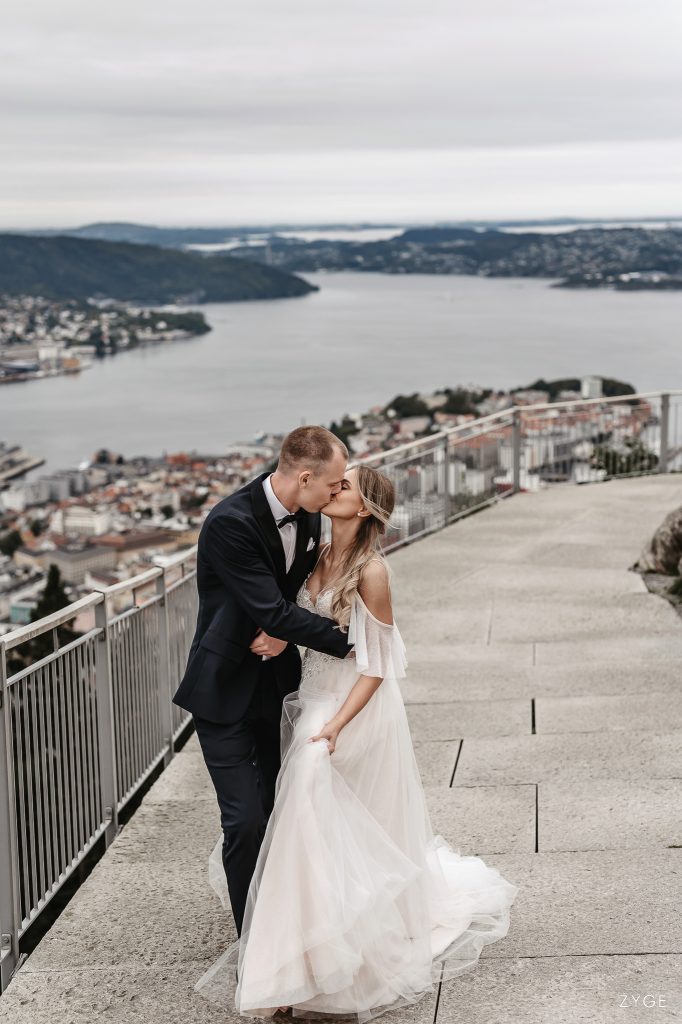Elopement Photography in Europe – A Comprehensive Guide to Wedding Photography in Europe
Elopement photography in Europe is becoming an increasingly popular choice for couples who want an intimate, authentic, and memorable wedding experience. The modern concept of an “elopement” is no longer a secret getaway without the family’s knowledge—it’s a conscious decision to have a small, personal ceremony, often in an exotic or exceptionally beautiful location. Europe, with its architectural heritage, breathtaking natural panoramas, and rich culture, is an ideal place to capture such an intimate celebration.
In this comprehensive guide, you’ll learn everything you need to plan an unforgettable elopement photo session in Europe—from the most popular locations and legal aspects to practical tips on choosing a photographer and creating authentic, emotional images that reflect your unique love story.
Why choose Europe for your wedding photo session?
Europe offers an incredible variety of landscapes, architectural styles, and cultural experiences that can become a perfect backdrop for your wedding photos. From the white houses of Santorini to the dramatic Scottish Highlands, from the romantic streets of Paris to the fairy-tale villas of Italy—the possibilities are endless.
The uniqueness of the European region lies in its contrasts and history. You’ll find Old World charm and heritage at every step, adding an extra dimension and meaning to your photos. Many couples choose Europe precisely for its authentic atmosphere, which can’t be recreated in a studio or elsewhere in the world.
Professional elopement photographers in Europe specialize in capturing not only your love for each other but also the spirit of the surroundings—the bustle of cities, the grandeur of mountains, or the calm of coastlines. They know how to subtly weave local culture and landscapes into your love story, creating images that tell not only about your relationship but also about the special place you chose for your wedding.
Most popular European locations for wedding photo sessions
Santorini, Greece – the contrast of white houses and blue domes against the Aegean Sea creates an unforgettable backdrop for a romantic photo session.
Tuscany, Italy – winding roads, olive groves, and classic villas create an idyllic Italian atmosphere.
Paris, France – the capital of romance offers iconic spots from the Eiffel Tower to the cozy streets of Montmartre.
The Scottish Highlands – dramatic mountain scenery, ancient castles, and mystical lochs create a fairy-tale setting for adventure-loving couples.
Norwegian fjords – impressive waterways surrounded by steep mountains and waterfalls, ideal for dramatic, nature-loving couples.
Andalusia, Spain – Moorish architecture, whitewashed villages, and colorful patios create a unique cultural backdrop.
The Swiss Alps – snowy peaks, crystalline lakes, and green meadows suit couples who value the majesty of nature.
How to plan a wedding in Europe – legal aspects, logistics, and timelines
Planning is essential when organizing a successful wedding ceremony in Europe. First, it’s important to understand the legal requirements, which vary from country to country.
The legal requirements for a wedding ceremony in Europe range from quite simple to more complex bureaucratic procedures. In some countries—such as Denmark or Gibraltar—the process for foreigners is easier, while in Italy or France you may need more documents and a longer planning period. Commonly required documents include:
- valid passports
- birth certificates
- certificates of no impediment (proof of being single)
- and sometimes even translations of documents into the local language
Many couples opt for a two-step process: legally marrying in their home country and holding a symbolic ceremony in Europe, photographed by a professional. This allows you to avoid complicated bureaucracy and focus on the celebration itself.
From a logistics standpoint, it’s recommended to plan at least 6–12 months in advance, especially if your wedding takes place in popular locations or during peak season. This gives you enough time to secure the best vendors, photographers, and accommodation.
It’s also important to plan for alternatives, especially if you’re having an outdoor ceremony. European weather can be unpredictable, so always have a backup plan—a cozy terrace, pavilion, or indoor space that can be used in bad weather.
Elopement vs. micro-wedding – what’s the difference?
Although these terms are sometimes used interchangeably, there are subtle but significant differences. Traditionally, an elopement means an intimate ceremony with just the couple (and perhaps witnesses), without extensive planning or lavish details. Modern elopements, however, can be carefully planned while keeping the intimacy—usually it’s only the couple or a very small circle of loved ones.
Micro-weddings, on the other hand, are a miniature version of a traditional wedding, with a small group of guests (typically up to 20–30 people), keeping some classic elements such as a reception, toasts, or dancing, just on a smaller scale.
From a photography perspective, these differences affect session planning and style:
- elopement sessions focus primarily on the couple and their interaction with the surroundings
- micro-wedding photos capture the social dimension of the celebration
- elopement photo shoots are often more spontaneous and adventurous
- micro-weddings usually have a more structured timeline
Finding the perfect European wedding photographer
Choosing a photographer is one of the most important decisions when planning a wedding ceremony in Europe. A good photographer will not only capture your moments but also help you navigate a new environment and create a comfortable atmosphere.
Begin your search by exploring different photographers’ portfolios and styles. European photographers often specialize in different approaches:
- photojournalistic style – natural, unposed moments
- editorial style – fashion-inspired, stylish images
- classic portrait style – traditional, elegant photographs
- adventure style – dramatic landscapes and bold compositions
When looking for the right photographer, pay attention to whether they have experience in your chosen location. A local photographer—or someone who frequently works there—will know the best angles, light conditions, and lesser-known yet impressive spots.
Communication is essential. The photographer should understand your vision, values, and what matters most to you. Before booking, schedule a video call to see if you feel a connection with the photographer. It’s important that you feel comfortable in front of the camera, as this will show in the photos.
Questions worth asking a potential photographer:
- Do you have experience shooting in my chosen location?
- How do you handle unpredictable situations (e.g., bad weather)?
- How many photos will we receive, and when?
- Does your package include photo editing?
- How will you help us feel natural in front of the camera?
- Do you have recommendations for local vendors (makeup artists, florists)?
It’s important to book your photographer in advance, especially if you’re planning a wedding during a popular time of year or at a sought-after location. The best European photographers are often booked up to a year ahead.
Wedding photo ideas and inspiration in Europe
Europe offers an inexhaustible source of creative ideas for your wedding photography. Each region has unique elements that can help create distinctive and meaningful images.
Cultural elements can give your photos authenticity and context. Consider incorporating:
- local traditions (for example, Venetian gondolas, Greek customs)
- regional treats or drinks (French champagne, Italian gelato)
- accessories made by local artisans
- details of traditional architecture as a backdrop
If you love adventure, Europe offers countless opportunities for bold, unconventional photographs. Imagine yourselves:
- on an Alpine peak at sunrise
- boating across Italian lakes
- exploring mysterious Irish castles
- walking the rooftops of Santorini
- wandering through lavender fields in Provence
Urban elopement sessions have their own charm. European cities offer a unique blend of the old and the new:
- early-morning shots in empty city squares
- in cozy cafés or historic bookstores
- on historic bridges or panoramic terraces
- the contrast between your wedding attire and everyday city life
Seasonality can also be a compelling element. Each season in Europe has its own beauty: spring blossoms, warm summer nights, autumn colors, or winter snow can create entirely different moods in your photos.
Practical tips for a successful European wedding photo session
Effective communication with your photographer is the key to a successful session. Clearly express your expectations and vision in advance, prepare a “must-have” shot list, but also stay open to your photographer’s creative suggestions.
Light is one of the most important elements of photography. Many professionals recommend scheduling the main session early in the morning or before sunset (the so-called “golden hour”), when the light is soft and warm. In Europe, these times vary depending on the season and geographic location, so consult your photographer for the optimal time.
Seasonality also affects your session planning. Consider these practical aspects by season:
- Spring: blooming gardens and parks, but changeable weather; consider a stylish raincoat or umbrella as accessories
- Summer: long days but more tourists; plan early-morning sessions at popular spots
- Autumn: gorgeous colors but shorter days; make optimal use of daylight
- Winter: magical snowy settings but cold conditions; schedule warm-up breaks
Packing for a European wedding photo session requires thoughtful preparation. It’s recommended to carry your ceremony attire in hand luggage or a dedicated garment bag. Consider the following ideas:
- invest in a quality garment bag with anti-crease protection
- bring several accessory options (shoes, jewelry) for different locations
- pack versatile layers (stylish scarves, jackets) to adapt to changing weather
- don’t forget practical items: band-aids, sunscreen, water, snacks for long sessions
Ease and spontaneity often create the most authentic photos. Build a schedule with enough buffer time between locations—rushing is the enemy of creativity. Allow yourselves to sink into the moment, enjoy the experience and the surroundings—these authentic emotions will be reflected in your photos.
Privacy is also an important aspect. Talk to your photographer about how to handle popular tourist spots while keeping your ceremony intimate. Some locations in Europe may require special permits for photography, so find out about these requirements in advance.
Getting to know and respecting local culture will help create a harmonious and authentic experience. Learn about local customs, traditions, and etiquette—this will not only help you avoid misunderstandings but also enrich your photos with cultural context.
Conclusions
Elopement photography in Europe offers a unique opportunity to combine an intimate wedding ceremony with breathtaking landscapes, historic architecture, and rich culture. From the dramatic Norwegian fjords to romantic Italian gardens, from the storied streets of Paris to the mysterious castles of Scotland—Europe offers a boundless variety of backdrops for your love story.
Careful planning, choosing the right photographer, and open communication are the keys to a successful elopement session. Remember that the best shots often arise from spontaneous moments—allow yourselves to enjoy the process and trust your professional photographer’s experience.
Your elopement photos will be not only a wedding album but also a work of art that reflects your love, adventurous spirit, and the unique European atmosphere. They will become a valuable source of memories to which you can return year after year, reliving the same emotions and experiences.
Whether you dream of a romantic ceremony in the streets of Paris, an adventure-filled wedding in the Alps, or a cozy moment on the Mediterranean coast—Europe and its talented photographers are ready to help you bring your dream wedding to life and capture it in unforgettable photographs.
FAQ
How much does elopement photography cost in Europe?
Elopement photography packages in Europe typically range from €2,000 to €5,000, depending on the location, the photographer’s reputation, the number of shooting hours, and travel expenses.
Do we have to get legally married in Europe for our elopement photo session to be valid?
No—many couples pair a symbolic ceremony in Europe with the legal formalities in their home country. If you want to marry legally, check the specific requirements of the country.
What are the best months for elopement photography in Europe?
Shoulder seasons (spring and autumn) often offer mild weather, fewer tourists, and beautiful natural light.
Can we include guests in our European elopement photography?
Yes—modern elopement ceremonies can include a small circle of family or friends. Micro-weddings (up to about 20–30 guests) are also very popular.
How far in advance should we book a photographer?
Try to secure a European elopement photographer at least 6–12 months in advance—especially for iconic locations or popular dates.
